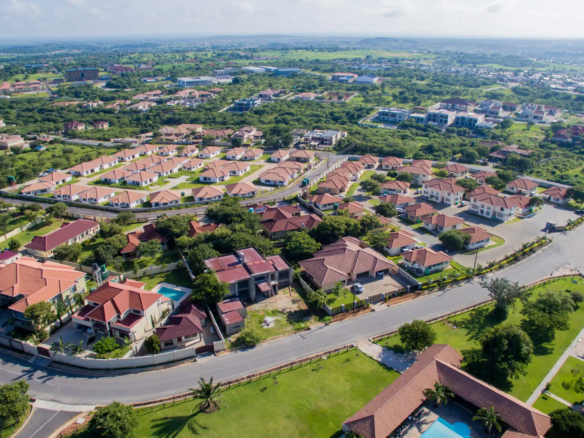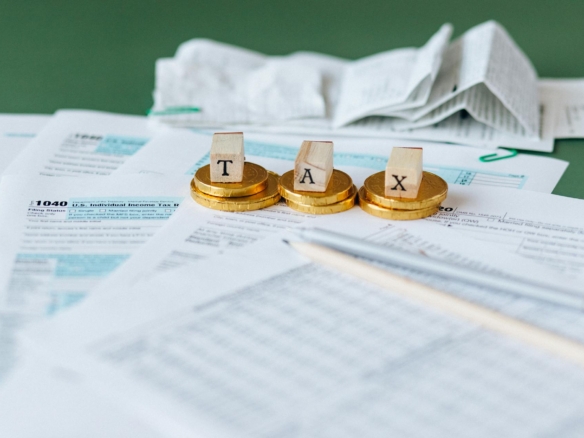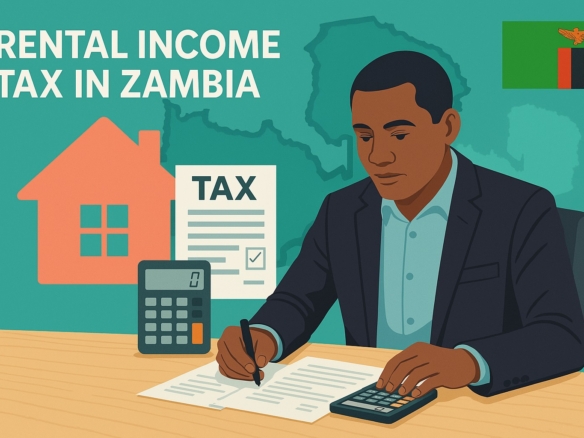The Financial Side of Real Estate: Calculating ROI and Cash Flow for Investment Properties
Many investors turn to real estate for building wealth. It is a popular strategy for securing financial stability. To achieve success in real estate investment means going beyond identifying the best real estate markets. It requires a thorough understanding of the financial aspects involved, particularly the calculations of Return on Investment (ROI) and Cash Flow. These metrics are pivotal in evaluating the performance and profitability of an investment property. Read on to explore these concepts in detail and learn how to accurately calculate and interpret ROI and Cash Flow for investment properties.
Understanding Return on Investment (ROI)
The Return on Investment (ROI) is a key financial metric used to assess the potential profitability of an investment. It represents the return or profit generated relative to the cost of the investment. In the realm of real estate, ROI is an essential tool for gauging the performance and viability of a property as an investment.
ROI = Net Profit / Total Investment * 100
Breaking Down ROI Calculation:
1. Net Profit
Net profit refers to the total income generated from the investment property. This is after subtracting all expenses associated with it. This includes rental income, tax benefits, and any other revenue streams, minus costs such as mortgage payments, property management fees, maintenance, and property taxes.
2. Total Investment
The total investment comprises the initial purchase price of the property plus any additional costs like closing fees, repairs, renovations, legal and financing costs.
Example of ROI Calculation:
Let’s say an investment property was purchased for USD200,000. Your total investment may sum up to USD220,000 after accounting for additional costs like closing fees, renovations, and financing. Say your net profit from rental income amounts to USD30,000 in the first year.
In this scenario, your ROI for the first year of investment is approximately 13.64%. This implies that for every dollar invested, you’re gaining about 13.64 cents in profit.
Delving into Cash Flow Analysis
Cash flow is a vital financial metric for real estate investors, representing the cash generated (or lost) from an investment property over a specified period, usually monthly or annually. A positive cash flow suggests that the property is generating more income than the expenses associated with it, potentially making it a profitable investment.
Cash Flow = Rental Income − Operating Expenses
1. Rental Income
This encompasses the revenue generated from renting out the property to tenants. Accurate calculation of potential rental income based on market rates and vacancy factors is crucial.
2. Operating Expenses
Operating expenses include mortgage payments, property management fees, maintenance and repairs, property taxes, insurance, and any other regular costs linked to owning and maintaining the property.
Example of Cash Flow Calculation:
Consider a property that generates USD2,500 per month in rental income. USD1,800 is the monthly operating expenses. That includes mortgage, property management fees, maintenance, and taxes.
Cash Flow = 2,500 – 1,800 = USD700
In this scenario, the property is generating a positive cash flow of USD700 per month. This positive cash flow provides liquidity, enabling you to cover your expenses, invest in more properties, or save for future investments.
Interpreting ROI and Cash Flow
Understanding ROI and cash flow isn’t merely about crunching numbers; it’s about interpreting these figures in the context of your investment goals and risk tolerance.
-High ROI
A high ROI implies that the investment has the potential to yield significant returns compared to the initial investment. However, a high ROI might also indicate a higher level of risk or a more aggressive investment strategy.
-Positive Cash Flow
A positive cash flow is generally a positive sign, indicating that the property is generating income exceeding its expenses. This can provide financial stability and funds for further investments or to cover unexpected costs.
Considering Other Factors
While ROI and cash flow are fundamental metrics, a savvy real estate investor should consider other factors that can impact the financial performance of an investment property:
1. Appreciation
The potential increase in property value over time can significantly contribute to your overall return on investment.
2. Tax Benefits
Real estate offers various tax advantages. These may include deductions on mortgage interest, property taxes, and depreciation. All of these can enhance your ROI.
3. Market Trends
Understanding market trends, supply and demand dynamics, and economic indicators can help predict potential property appreciation and cash flow.
4. Financing Options
The terms of your mortgage, interest rates, and financing structure can influence both ROI and cash flow.
Conclusion
Calculating ROI and cash flow is fundamental to evaluating the financial viability of investment properties in the real estate market. These metrics provide valuable insights into the potential returns and profitability of a property. Investors should meticulously analyze these metrics, considering their investment goals and risk tolerance. Moreover, seeking guidance from financial advisors and leveraging specialized real estate investment software can help you with fund accounting, cash management, and investor servicing. These can help ensure a successful and profitable real estate investment portfolio. Always remember, informed decisions based on thorough financial analysis are key to a successful real estate investment journey.
Image Credit: https://images.pexels.com
Author: Jackie Arellano
Bio: Jackie is a bubbly and intuitive writer with a passion for watching movies. With a natural talent for storytelling and a keen eye for detail, Jackie has a unique ability to captivate readers with her imaginative and thought-provoking prose. When Jackie isn’t penning articles, she can frequently be found snuggled up on her sofa with a bowl of popcorn, enjoying her beloved movies. In addition to her cinematic pursuits, she relishes exploring new places, sampling novel cuisines, and cherishing moments with her loved ones.




